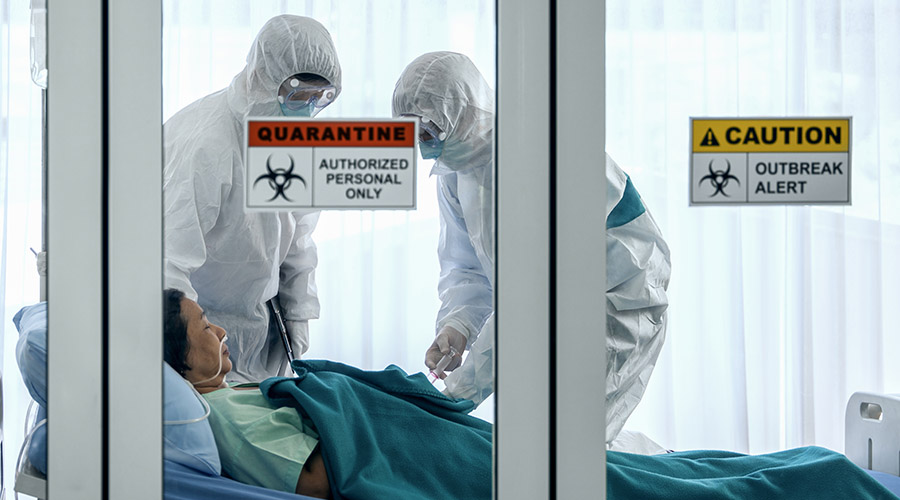Infection control is a cornerstone of healthcare facilities management, and it can be a great undertaking in some cases because of rapid infectious spread or surfaces getting contaminated again quickly. One of the goals of infection control is to prevent outbreaks within a healthcare facility, though sometimes they happen despite the best efforts of the staff.
A study from the American Journal of Infection Control (AJIC) chronicled the infection prevention steps taken to address a months-long outbreak in a pediatric ward at the Toho University Omori Medical Center in Tokyo in 2017.
This outbreak consisted of carbapenemase-producing enterobacterales (CPE), which are resistant to commonly used antibiotics and have the ability to pass along multidrug resistance from one bacterial species to another. There was a detected infection of CPE in one patient in June 2016, which may have triggered the outbreak that began in March 2017.
Related: Five Key Points to an Effective Infection Control Program
“From our experience, this study shows that nosocomial transmission should be suspected when multiple CPEs are detected at the same time, even if they are of different species,” says Dr. Sadako Yoshizawa, deputy director of clinical laboratory at Toho University Omori Medical Center and author of the study. “The cause of the detection of CPE in several different species is due to the propagation of plasmids, which is the element that carries bacteria-resistant factors. Genetic analysis suggested that the cause of the transmission was through the water environment, mainly from the sink.”
To control the outbreak, every sink the pediatric ward was replaced with new ones in June 2017. Even though they were heavily disinfected with hydrogen peroxide, CPE contamination continued to happen. It was suggested that the CPE may have climbed from the drain pipe up to the sink, which would have made it possible for the bacteria to spread directly from the drain to the sink, according to Yoshizawa.
After discovering that, the facility performed several interventions to stop the transmission of CPE associated with sinks and their related surroundings, according to the study:
- Hand disinfection after using the sink was recommended.
- Minimal items were permitted to be placed in the area around the sink (within 1 meter).
- Disposable tools were introduced for sink cleaning.
- Disinfection with hydrogen peroxide was implemented for sink cleaning.
- Mouth-washing using sink water was prohibited.
- Disinfection and drying procedures were applied to all sink water-exposed items.
- The medical staff were re-educated to ensure the proper implementation of hand hygiene practices and infection control related to water-based environments.
- Acceptance of external guidance and evaluation.
After several months of following those infection control guidelines, the Toho University Omori Medical Center finally detected no more CPE contamination after October 2017. In total, the outbreak involved 19 pediatric patients.
Jeff Wardon, Jr. is the assistant editor for the facilities market.

 How Efficiency Checklists Help Hospitals Save Energy, Water and Money
How Efficiency Checklists Help Hospitals Save Energy, Water and Money Designing with Heart: Seen Health Center Blends Cultural Warmth and Clinical Care
Designing with Heart: Seen Health Center Blends Cultural Warmth and Clinical Care Rutgers Health and University Hospital Breaks Ground on Campus Expansion
Rutgers Health and University Hospital Breaks Ground on Campus Expansion What to Consider When Modernizing Healthcare Facilities
What to Consider When Modernizing Healthcare Facilities Corewell Health Beaumont Troy Hospital to Build New Tower
Corewell Health Beaumont Troy Hospital to Build New Tower